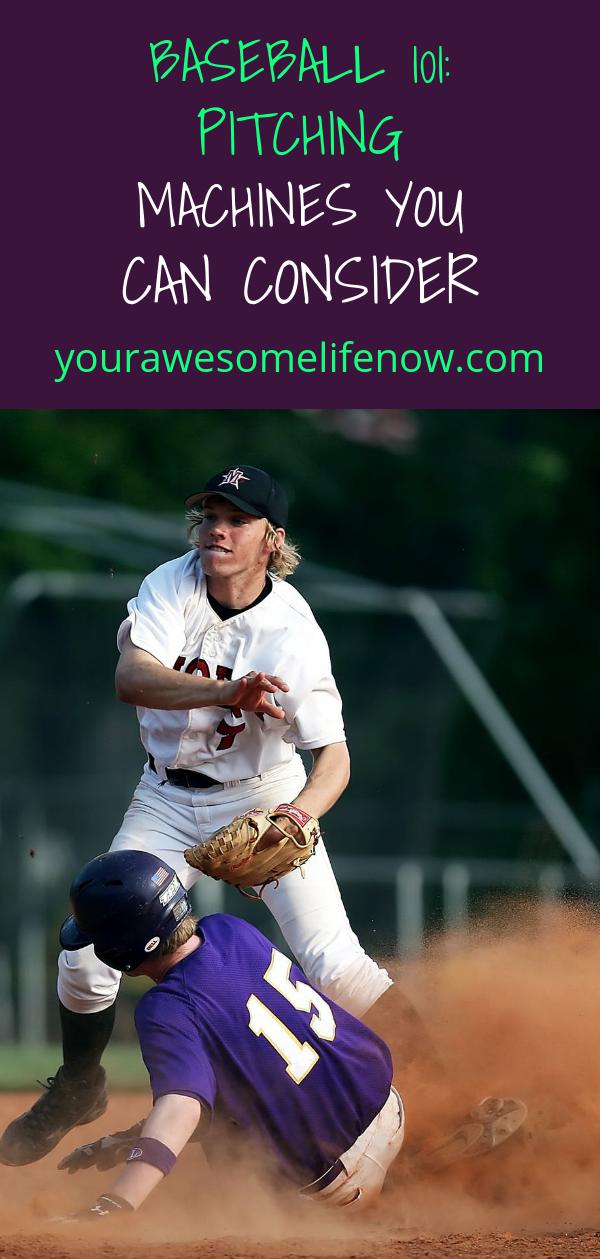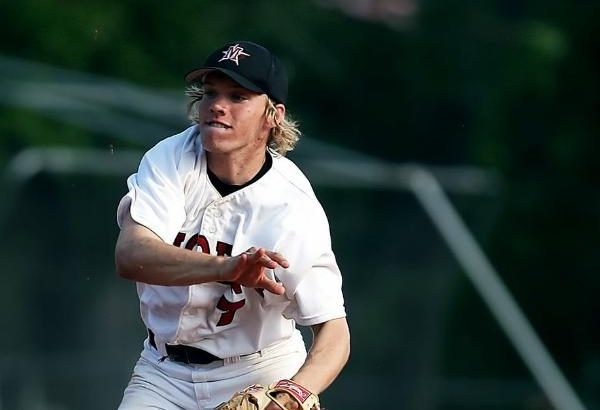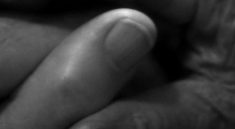Are you getting a baseball or softball pitching machine but fretting over the different brands and options available? Well, it’s inevitable, isn’t it? After all, there are at least 6 different types of pitching machines and countless different brands and models out in the market today!
Here are the 6 major types :
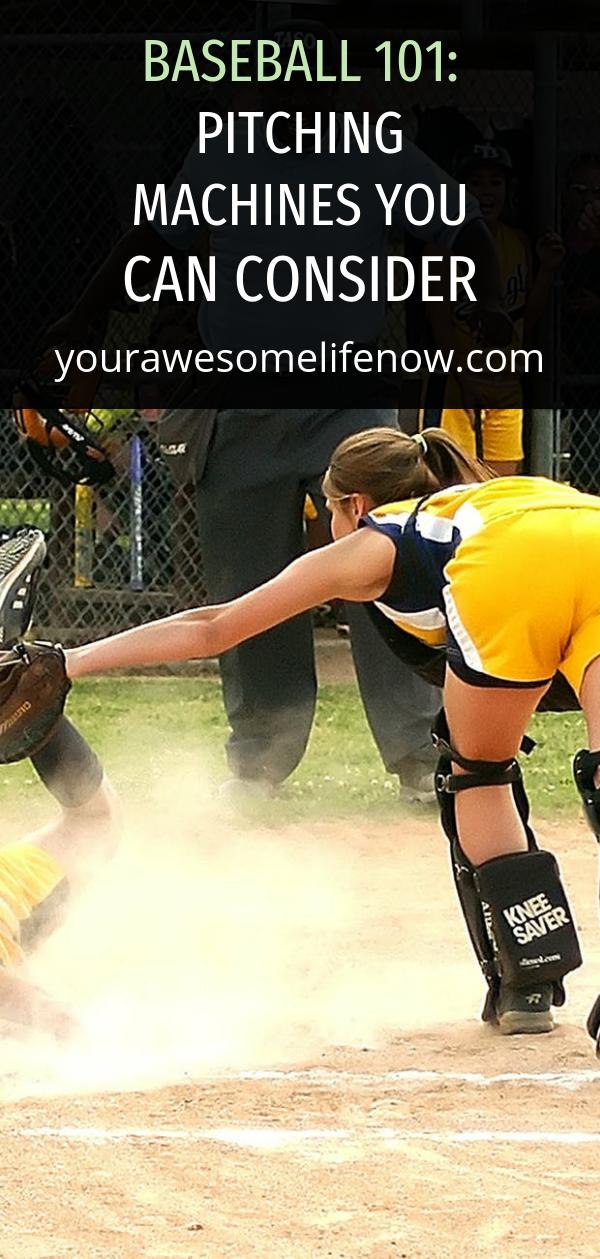
(1) Real Ball Pitching Machines
As the name suggests, Real Ball pitching machines throw out real balls, or those machine pitch dimple balls you see at the commercial batting cages. Both types of baseballs weigh about 5oz.
Such equipment usually comes in 2 major categories which comprise of the Arm Styled Wheel Machines or the Compressed Air Machines. Although there may be exceptions, all require a batting cage. Invest in an auto feeder and remote control if you’re opting for a one-player mode and you’re good to go.
(2) Wheel Style Pitching Machines
Ever seen those pitching machines used in leagues, high schools, colleges, pro ball, or simply off someone else’s backyard? Yes, these are the ones. One of the most popular choices, wheel style pitching machines can be used just for baseball, softball, or in a combination package for both sports.
Through the support of a rubber wheel(s), a motor propelling the wheels’ movements, dynamic parts with speed and directional adjustment knobs, and a metal frame attached to a tripod, wheel styled pitching machines run on 110v power. If you’re using them on fields without electricity supply, you’ll need a power generator.
(3) Single Wheel Machines
These are entry-level machines used to throw a straight pitch at a speed ranging from 25-70 mph. The price is usually set above $900. Currently, there are only a few single wheel machines out in the market which has the added feature of churning out curveball throws. Coaches may prefer the curveball option since they’re more versatile when it comes to throwing the breaking ball from either of the hand. But be prepared to pay as they can cost $1,200 or more.
Overall, single wheel machines are still slightly cheaper than the real ball machine and are lightweight enough to be carried from your car boot to the ballpark. However, if you prefer higher speeds or a greater variety of pitch throws, you may want to consider the 2 wheeled machines instead.
(4) Two Wheel Machines
These machines can simulate almost every pitch regardless of the angle, hand (be it left or right), or speed you’re talking about. Naturally, because of the additional capabilities, they’re also much more expensive than other types of pitching machines.
Their ability to throw all the different types of pitches and the added advantage of using them for ground balls, fly balls, and even catchers pop-ups increases the thrill and fun of practicing with such machines. They are relatively portable too.
Some people dislike the fact that they can’t see the movement of the pitcher’s arm with such machines. But after a bit of getting used to it, it’s not really a major disadvantage. More importantly, however, is that the consistency of their pitches drops with either wet, waterlogged balls or swollen balls. Like all wheel type machines So, if you’re living in a region that’s consistently dealing with rainy or wet weather, you may want to consider other options.
(5) Arm Style Pitching Machines
Yes, these are often the ones you see at the commercial batting cages. You know, those junky heap of steel affixed with the red lightbulbs alerting the batter on the impending pitch?
Equally, suitable for both baseball or softball, these machines have been around for more than 50 years and can throw a straight and accurate ball at speeds that vary between 25 and 85 mph. Because of their bulk, instead of shoving them into your garage, the smarter move is to just cover them up and leave them where they are after the season. Otherwise, they’re pretty durable.
(6) Rack Fed or Hopper Fed Pitching Machines
Such machines are pre-fed with baseballs or softballs so that no auto feeder is required. There are mainly 2 types. One is rack fed and can contain 38 baseballs or 28 softballs at one time. The other is hopper-fed and can hold as much as 600 baseballs or 400 softballs.
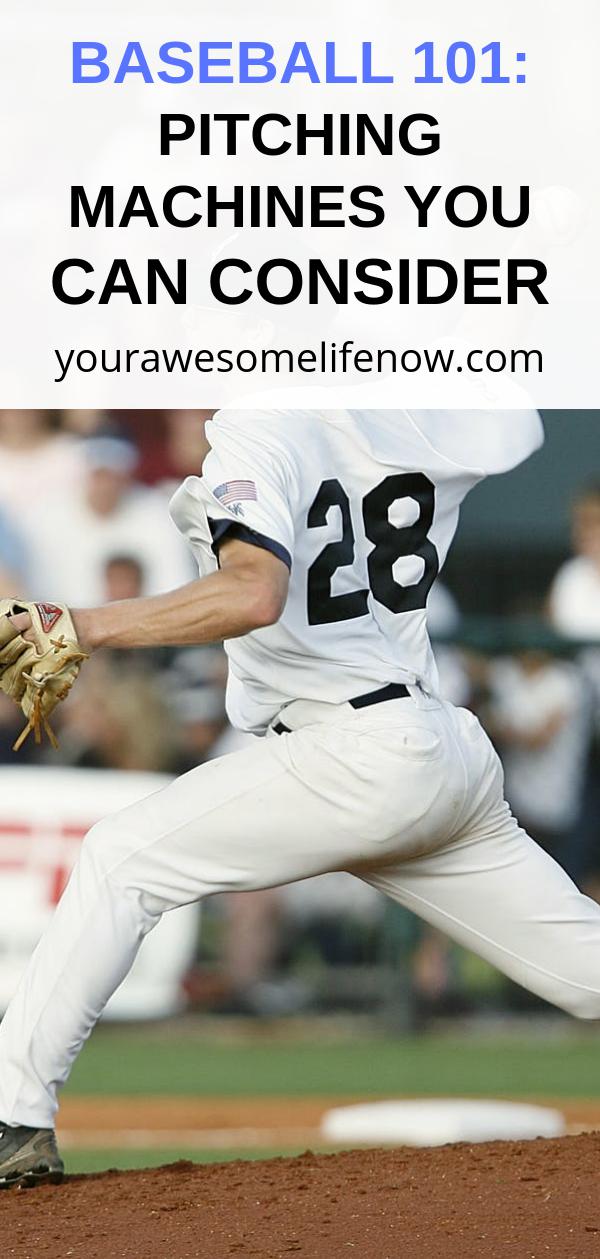
These are professional baseball training equipment and are incredibly durable. Maintenance is often just a routine application of lubricating oils to a couple of the joints and even if you do need to replace a few faulty parts, they’re relatively inexpensive and easy to fix.
One advantage of these machines is that players can often see the pitcher wind up so that he can position himself for the swing in a more realistic timing. However, because of their bulk, they’re not really as portable as the other types mentioned earlier.
